Every generation has its trends, but looking back, some of the fads from the ’60s and ’70s were just bizarre. At the time, they seemed totally normal—even cool—but now? They leave us scratching our heads. From fashion choices that defied logic to hobbies that make no sense in today’s world, these trends were once the thing to do. Whether they were fueled by pop culture, advertising, or just plain weirdness, these fads came and went in a flash. Let’s take a trip back to some of the wildest, most confusing fads from the ’60s and ’70s that make absolutely no sense today.
1. Shag Carpeting Everywhere
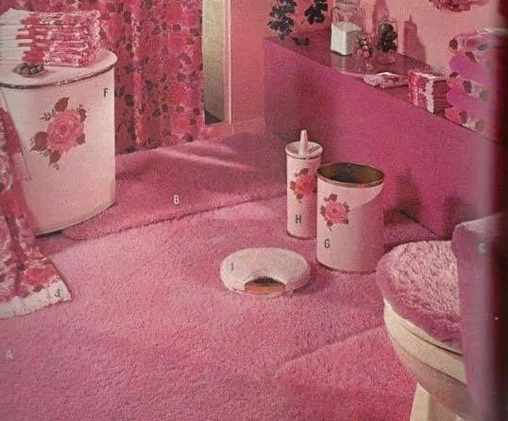
Imagine covering everything in thick, fuzzy, wall-to-wall shag carpeting. That was home décor in the ’70s. Floors, walls, even bathrooms—no surface was safe from the long, often neon-colored fibers of shag. It looked cool in magazines but was a nightmare to maintain.
Vacuuming it was a chore, stains were impossible to remove, and let’s not even talk about what got trapped in it. While retro styles come back in cycles, shag carpeting is one trend that’s never making a full return. There’s a reason most people stick to hardwood floors now.
2. Puka Shell Necklaces
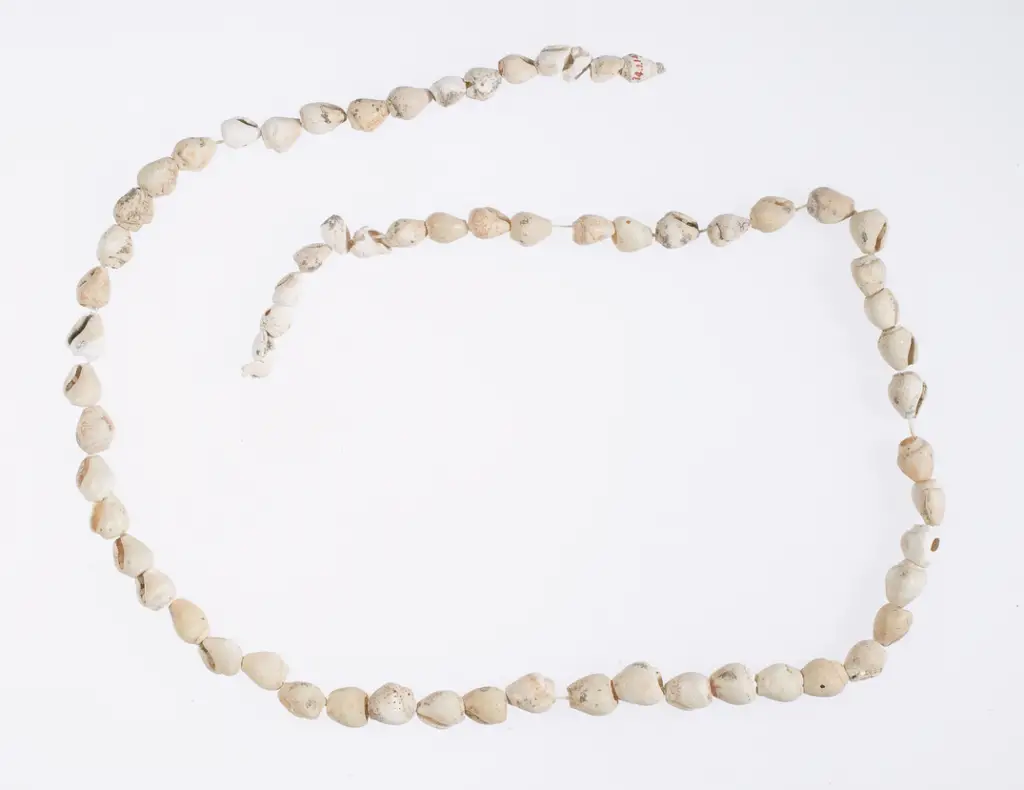
If you wanted to look cool in the ’70s, you had to have a puka shell necklace. Whether you’d ever set foot on a beach or not, these shell necklaces were the fashion statement of the era. Surfers, rock stars, and teenagers alike wore them proudly.
But once the ’80s rolled around, the puka shell trend faded fast. Today, unless you’re actually vacationing in Hawaii, wearing one just makes you look like you got lost on the way to a Jimmy Buffett concert.
3. Waterbeds
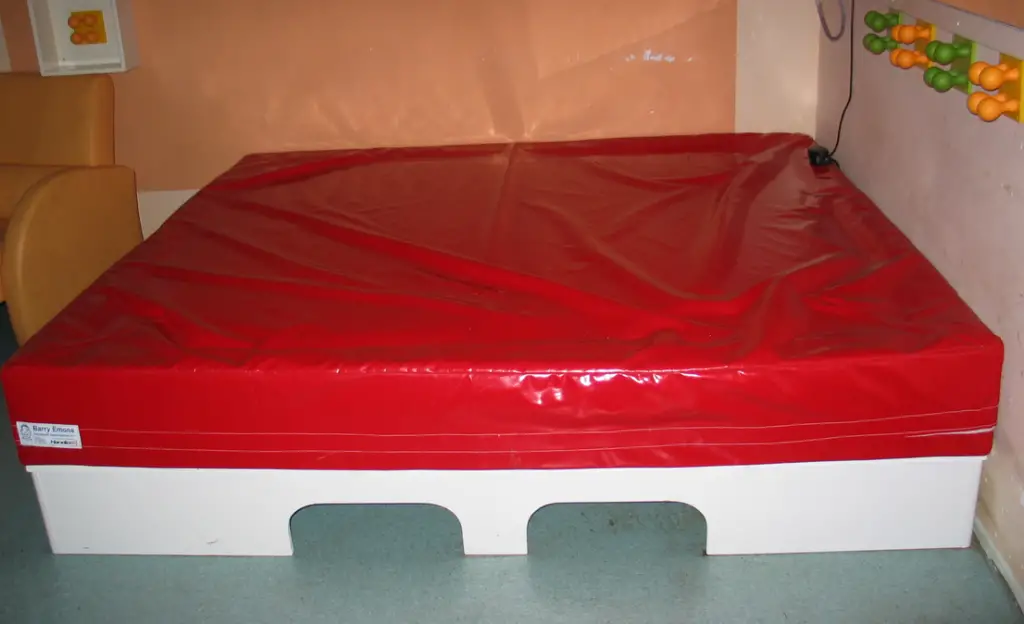
Nothing screamed groovy quite like a waterbed. These wobbly, sloshing mattresses were the status symbol of the ’70s, marketed as the ultimate in comfort and luxury. The idea was that sleeping on water would ease pressure on the body, but in reality, it mostly just felt like trying to nap on a giant Jell-O mold.
They were a nightmare to set up, prone to leaks, and an absolute disaster if they ever burst. But despite all that, they were insanely popular. People even put them in kids’ rooms, which seems insane today. Now, most of us would rather have a mattress that doesn’t try to throw us out of bed every time we move.
4. Streaking
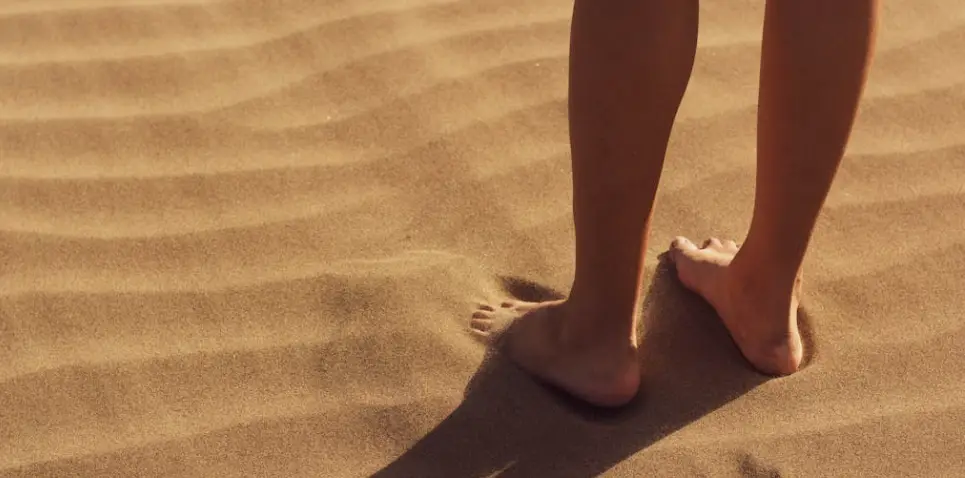
Yes, in the ’70s, people voluntarily ran around naked in public for fun. Streaking became a full-blown fad, with people stripping down and sprinting through college campuses, sporting events, and even live TV broadcasts. It was all about rebellion, spontaneity, and a complete disregard for pants.
There was even a hit song, The Streak by Ray Stevens, that celebrated the craze. But as quickly as it started, streaking fizzled out. These days, streakers are more likely to be arrested than applauded. What seemed funny and free-spirited back then now just seems like a really bad idea.
5. Earth Shoes
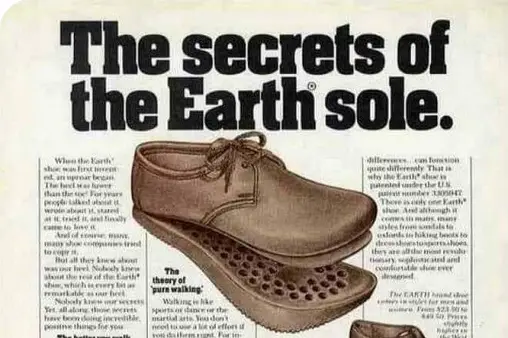
In the 1970s, a shoe designed to look ugly on purpose somehow became a must-have. Earth Shoes had a weird, slanted sole that was lower at the heel and higher at the toe, supposedly to mimic walking barefoot in sand. They were marketed as better for posture and overall health, but they mostly just made wearers look like they were trudging uphill at all times.
They were clunky, unflattering, and not particularly comfortable, yet people loved them. Today, with all the sleek, ergonomic footwear available, the idea of willingly choosing Earth Shoes seems absurd. But for a moment in the ’70s, people were actually proud to walk around looking like hobbits.
6. Smiley Face Everything
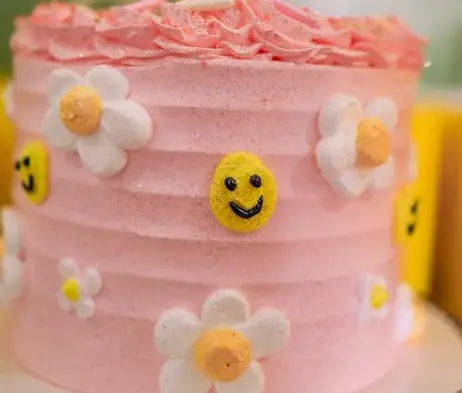
In the late ’60s and early ’70s, the simple yellow smiley face wasn’t just a fun design—it was everywhere. Stickers, buttons, T-shirts, lunchboxes—you name it, it had a smiley face slapped on it. And it wasn’t just a cute image; it was a whole movement of forced happiness.
The famous slogan “Have a Nice Day” became a mantra of the era, whether people wanted to hear it or not. The smiley face was meant to symbolize positivity, but after a while, it just felt like a creepy, corporate attempt to force cheerfulness on everyone. Today, emojis have taken over, and the once-ubiquitous smiley face has faded into a relic of its time.
7. Pet Rocks
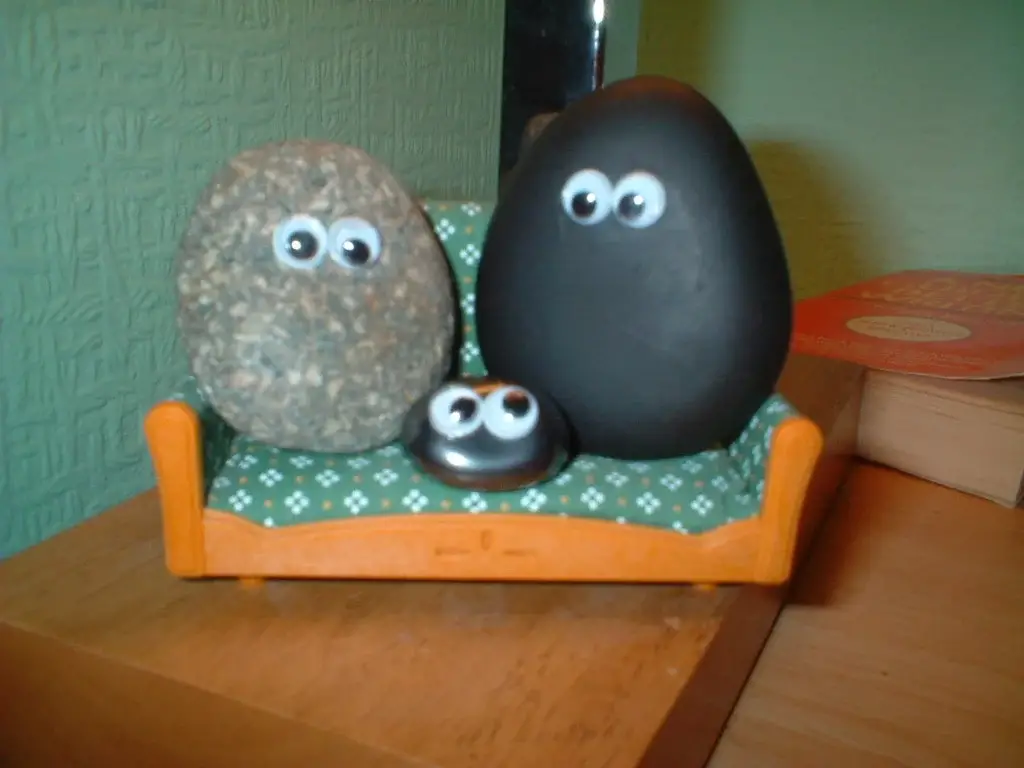
Only in the 1970s could a literal rock become a must-have item. The Pet Rock craze of 1975 was one of the greatest marketing stunts in history—people actually paid money for a smooth stone in a cardboard box with breathing holes. The genius behind it, Gary Dahl, made a fortune selling what was essentially a rock with an instruction manual on how to “care” for it.
It had no function, no real entertainment value, and required zero maintenance. But for a brief, glorious moment, people treated these things like real pets. They were gifted, decorated, and even sold with tiny “rock kennels.” Today, the idea of buying a rock seems completely ridiculous, but at the time, it was a cultural phenomenon.
8. CB Radios
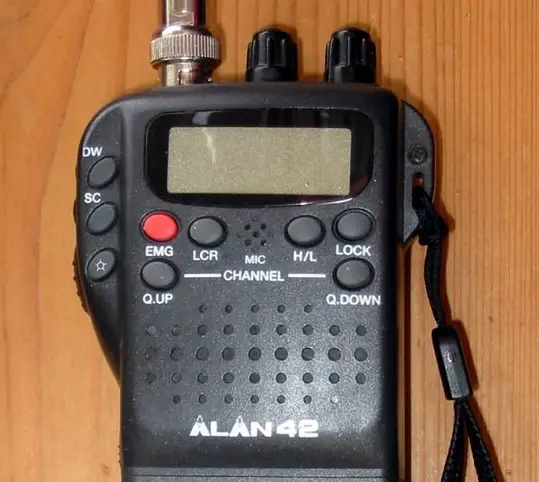
Before cell phones, before the internet, there was the CB radio craze. For a brief period in the ’70s, having a citizen band radio in your car was the thing to do. People gave themselves goofy handles, used trucker lingo, and chatted with total strangers about nothing in particular.
It all started as a practical tool for truckers, but regular drivers jumped on the bandwagon, making CB radios a pop culture phenomenon. Movies like Smokey and the Bandit made them even cooler. But once cell phones came along, CBs became relics. Today, the idea of sitting in traffic and chatting on a static-filled radio just seems pointless.
9. Macrame Everything
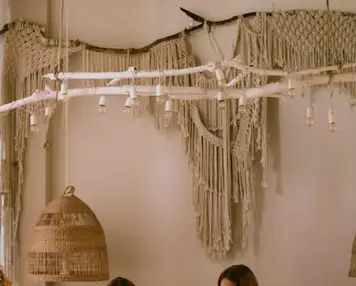
In the ’70s, people were obsessed with tying knots in rope and calling it home décor. Macrame was everywhere—hanging plant holders, wall decorations, even vests. If it could be made out of woven rope, people were making it.
At the time, it felt creative and bohemian. Now? It mostly just looks like a tangled mess. While macrame has made a small comeback in recent years, no one is rushing to fill their house with knotted rope everything again.
10. Clackers
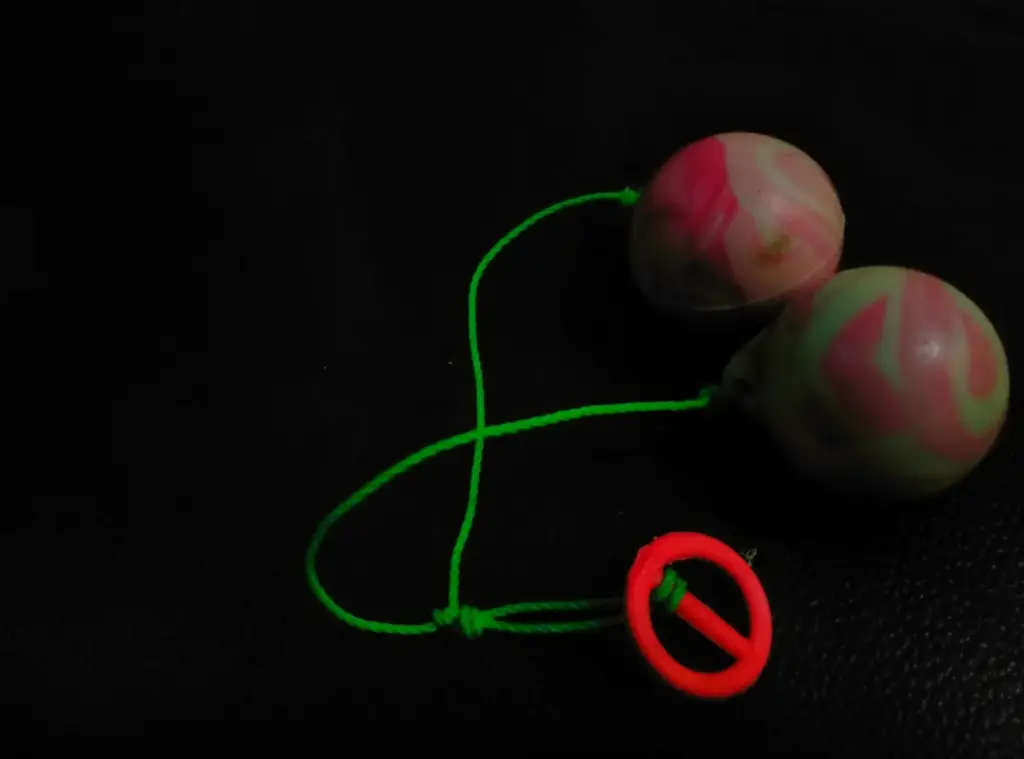
These hard plastic balls attached to a string were a recipe for disaster. Clackers were a huge fad in the late ’60s and early ’70s, with kids smashing them together in rapid succession to make a loud clacking sound. The problem? They exploded.
Early versions were made of acrylic, and when they shattered, shards of plastic flew everywhere. Eventually, they were banned, but that didn’t stop kids from trying to find ways to get their hands on them. Today, it’s hard to believe that something so dangerous was ever a kids’ toy.
11. Mood Rings
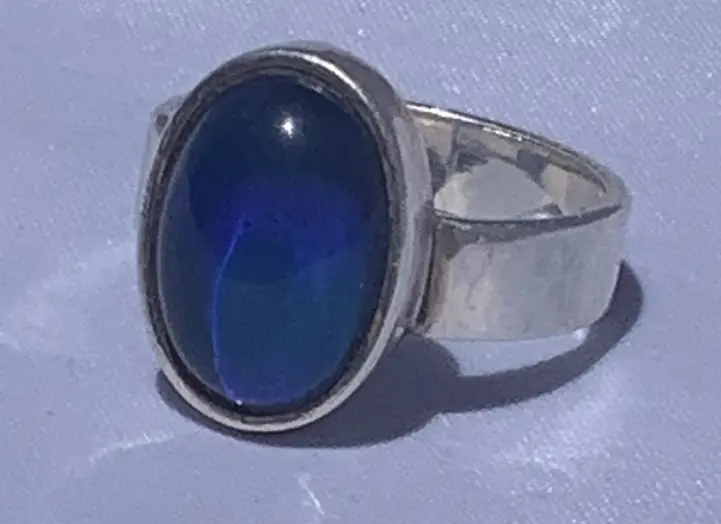
In the ’70s, people actually believed a ring could tell them how they were feeling. Mood rings were marketed as magical accessories that could reveal your emotional state based on the color they turned. The reality? They just reacted to body heat.
Still, people wore them like they were scientific proof of their inner mood swings. If it turned blue, you were relaxed; green meant normal; black? Supposedly stress, but more likely just cold fingers. The idea of a mood-detecting ring is hilarious now—imagine using one in place of therapy! But in the ’70s, it was serious business.
12. Mood Lipstick
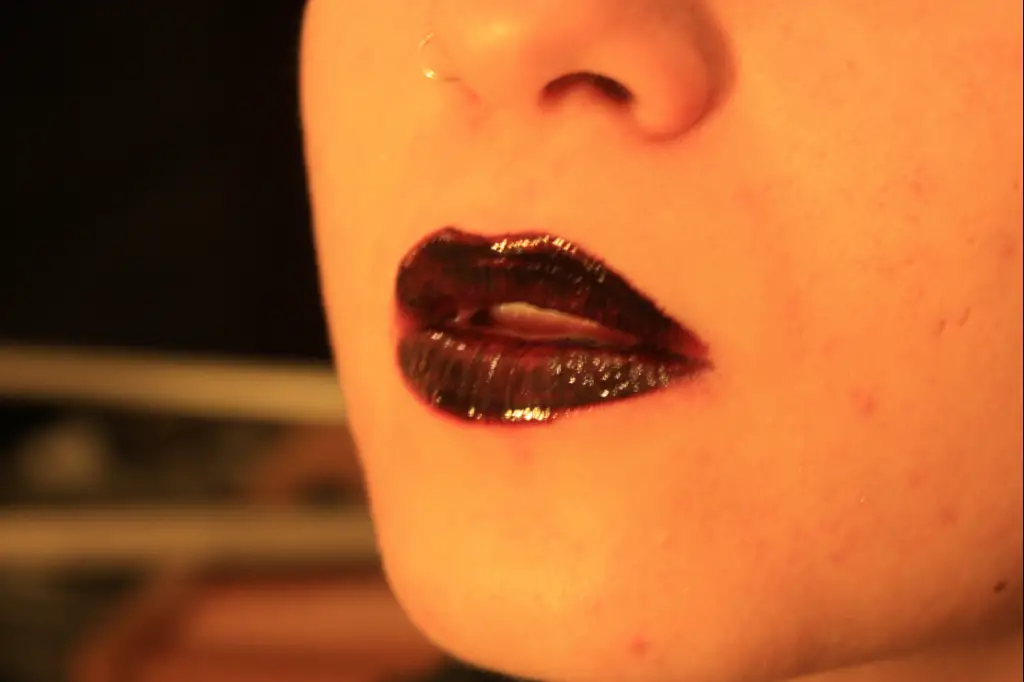
Like mood rings but for your lips, this “magical” lipstick changed color depending on your body chemistry. In reality, it just reacted to pH levels and always turned some shade of pink.
People loved it because it felt futuristic, but looking back, it was just another gimmick. These days, we have enough actual lipstick colors—no need for a “mystery shade” that’s always the same.
Some fads just don’t stand the test of time, but that’s what makes them fun to look back on. The ’60s and ’70s were full of wild trends, and while we may not bring them back, we’ll always remember how strange (and awesome) they were.


